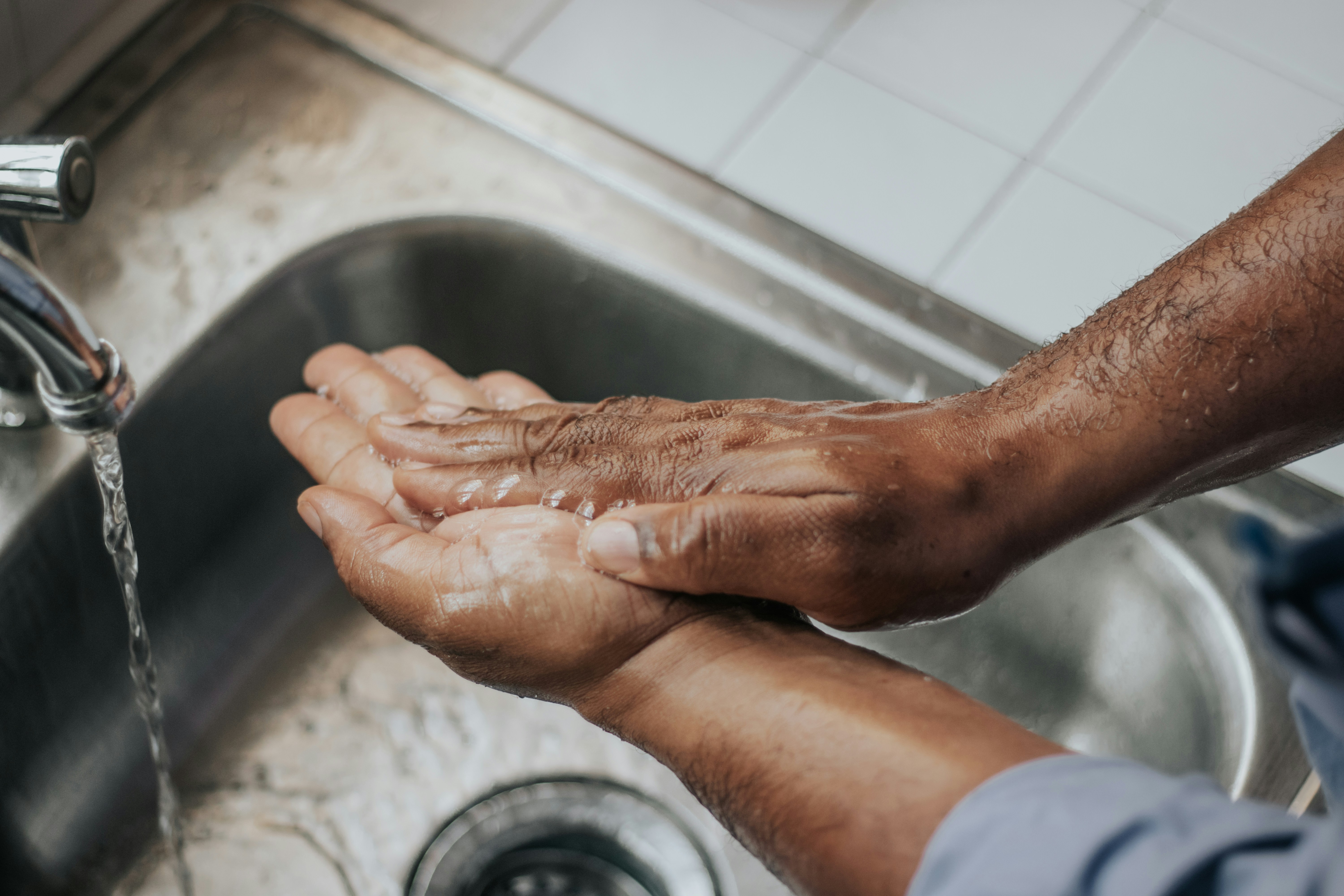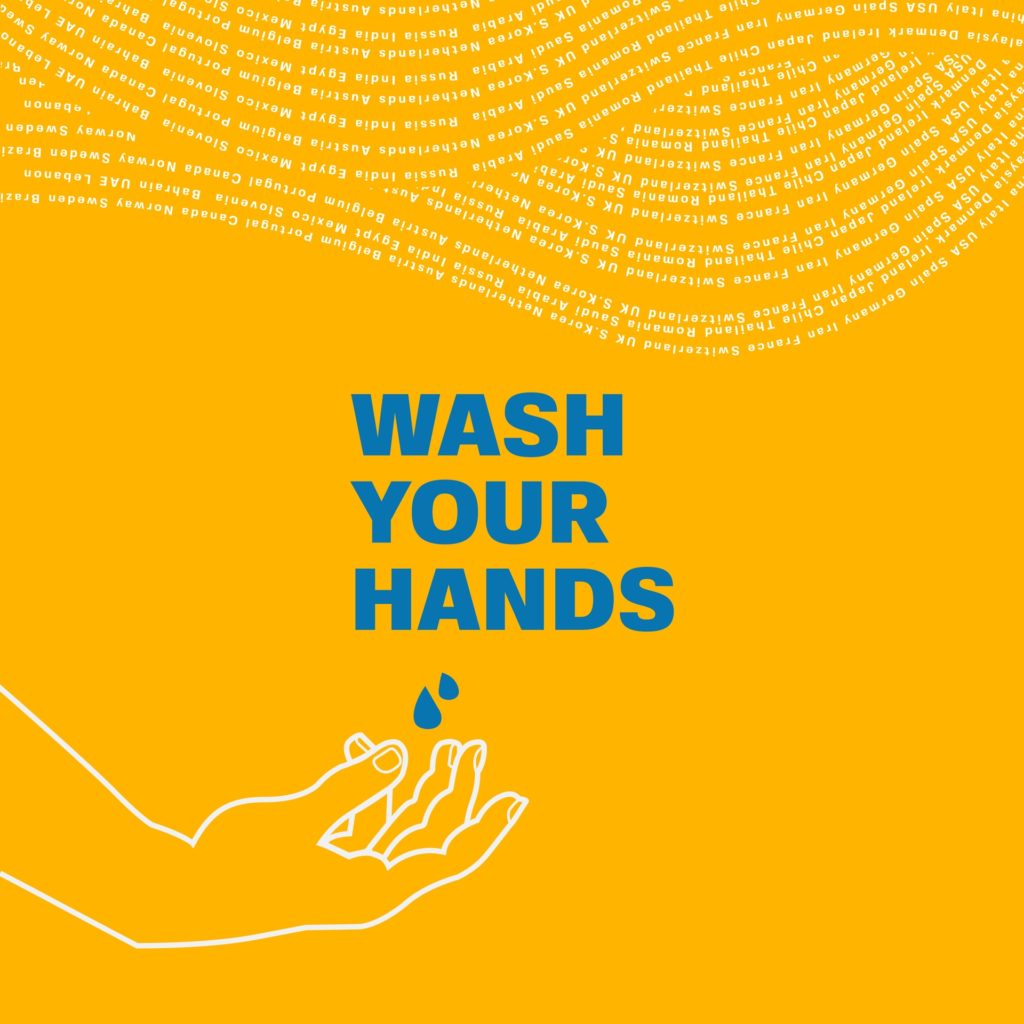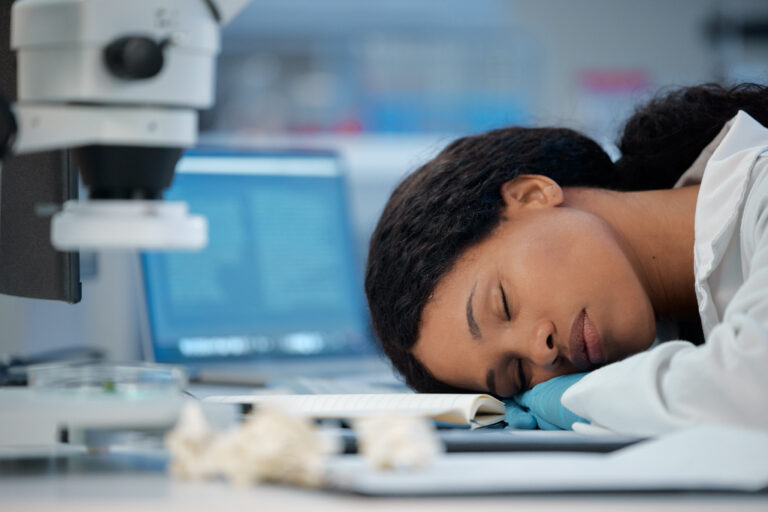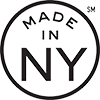As the COVID-19 pandemic continues to spread across the world, most people are doing everything they can to stay safe. They are canceling events with big crowds, staying inside to social distance, and wearing masks when outside. However, one key aspect may be overlooked in the process of stopping the COVID-19 outbreak: washing your hands. Learn why this practice is so essential and how to do it right.
Washing hands during a pandemic is critical.
Your hands touch thousands of surfaces each day. They touch private surfaces like your kitchen counter and public surfaces like elevator buttons or grocery carts. They also touch other parts of your body – including your face. Whatever your hands touch, they come into contact with tiny particles like dirt, bacteria, and viruses. If you touch a grocery cart that has a harmful germ on it and then scratch your nose, you can become infected by that germ because it has now entered your body.
This description may sound scary, but the goal is to encourage you to wash your hands. Washing your hands prevents the spread of these germs and other harmful bacteria. It keeps unwanted viruses (especially those spread during a pandemic) from entering your body and making you sick. Handwashing is your first line of defense against illness.
When should you wash your hands?
You should wash your hands several times each day. During non-pandemic times, you should wash your hands after you use the toilet, before eating food, after touching or feeding an animal (including your pets), and after touching garbage. Essentially, if you feel like you could have come into contact with a dirty surface, you should wash your hands.
The need for handwashing increasing dramatically during a pandemic. The CDC recommends washing your hands any time you have been out in public and have come into contact with a “frequently-touched” surface. This includes things like park benches or gas pumps. You should also wash your hands before touching your face to prevent the spread of germs.

How should you wash your hands?
Washing your hands with soap and water is preferred to using hand sanitizer. When washing your hands, you spend more time scrubbing, which can break up and remove germs. (Hand sanitizer can be used as a quick fix if there isn’t any water around.)
Wet your hands and apply the soap, then scrub them for at least 20 seconds. Slowly sing “Happy Birthday,” to know how long. Then rinse your hands and thoroughly dry them. This video can show you how:
Help others in your community learn about handwashing.
If society is going to stop this outbreak, then everyone needs to take steps to practice good hygiene. While washing your hands is a good step, everyone in your community needs to do so as well.
Fortunately, there are funding options for healthcare providers who want to support their communities. Use this list of health funds to find a grant application that is right for you. These funds provide grantees with the financial assistance they need to launch public health campaigns and provide soap or other protective equipment to schools and community centers. You can apply for grants as a healthcare provider or as an educator. Each grant award comes with guidelines that the applicant follows in order to get a reimbursement by the NIH or HHS. If you don’t have the funds you need to launch a health education campaign, consider becoming a grantee with the help of these organizations.
You might not think that something as simple as handwashing has the power to stop COVID-19, but it can. Take your time when you wash your hands and do it frequently. This small step can have a big impact.





